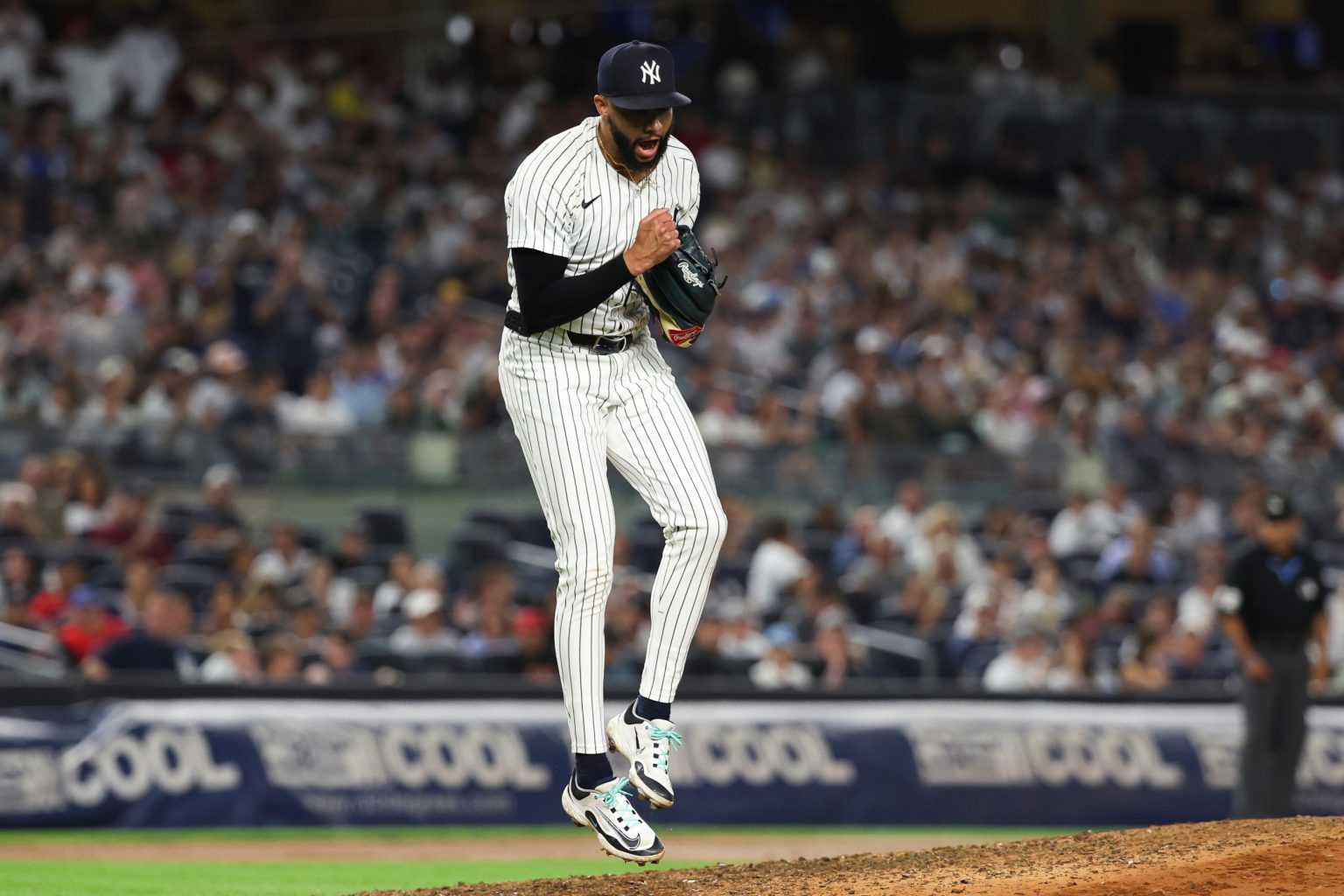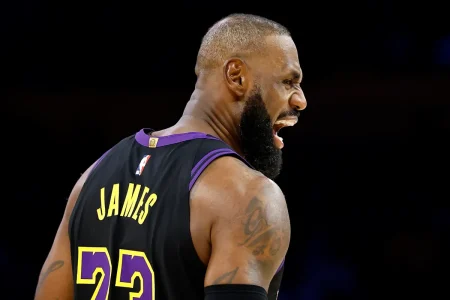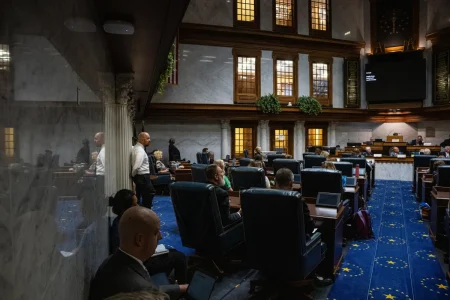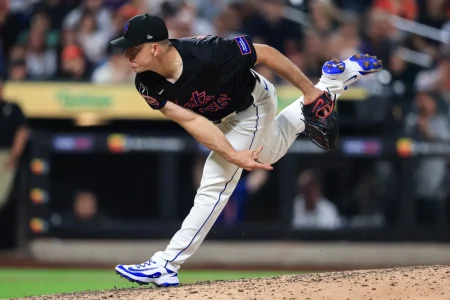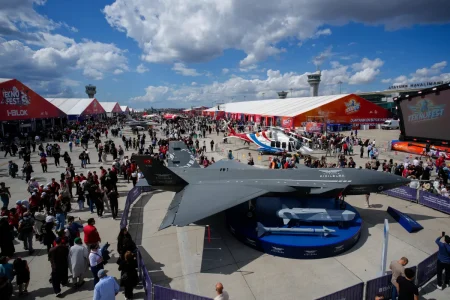Devin Williams’ Journey with the Yankees: From Closer to Setup Man
In a surprising turn of events for the New York Yankees, Devin Williams has experienced a rollercoaster season since being acquired as the team’s expected closer. The two-time All-Star, who had established himself as one of baseball’s elite closers with the Milwaukee Brewers, has faced unexpected challenges in the Bronx. After being removed from the closer’s role twice this season, Williams now finds himself setting up for David Bednar, who has firmly taken control of ninth-inning duties. This shift represents a significant change in trajectory for a pitcher who arrived in New York with tremendous expectations and a reputation for dominance.
Williams’ season has been defined by stark contrasts in performance. He struggled mightily out of the gate, posting an alarming 11.25 ERA through his first 10 appearances, which prompted manager Aaron Boone to temporarily replace him with Luke Weaver in the closer role. When Weaver landed on the injured list in early June, Williams reclaimed his position and showed flashes of his former brilliance, compiling a respectable 2.89 ERA across 19 games. However, this resurgence proved short-lived as back-to-back blown saves in late July—including a particularly painful one against the Tampa Bay Rays on July 30—ultimately led the Yankees to pivot to Bednar as their preferred ninth-inning option. For a pitcher of Williams’ caliber and pedigree, this demotion represents both a professional disappointment and a personal challenge.
Despite these setbacks, Williams has recently shown signs of returning to form, albeit in a different role. Entering Monday’s action, he had assembled an impressive seven-inning stretch without allowing an earned run, surrendering just one hit while striking out 15 batters. This remarkable efficiency demonstrates that Williams still possesses the elite skills that made him such a coveted addition to the Yankees’ bullpen. The organization has utilized him primarily as a setup man for Bednar, while also deploying him in high-leverage extra-inning situations—roles that, while perhaps less glamorous than closing, remain crucial to the team’s success. His ability to adapt and excel in these new circumstances speaks volumes about his professionalism and resilience.
Yankees manager Aaron Boone has been notably supportive of Williams throughout this transition, emphasizing the pitcher’s quality and mental fortitude. “It’s really good to see him continue to pitch really well around a lot of things that have gone on this year,” Boone told the New York Post. “It’s a credit to him and the quality of pitcher he is, but also the fortitude of just ‘keep going’ because, certainly, that’s what he’s capable of.” Boone has maintained perspective on Williams’ struggles, noting that his mid-season difficulties came “on the heels of the start of the season” and followed “a couple of months” of effective pitching. The manager remains confident in Williams’ fundamental abilities, stressing that success will come naturally if he maintains “a presence with his fastball and changeup and being in the zone with it.”
Williams’ journey with the Yankees illustrates the unpredictable nature of relief pitching and the psychological challenges of adapting to new environments in baseball. Coming from Milwaukee, where he had established himself as an elite closer, to the high-pressure atmosphere of New York and Yankee Stadium brings unique challenges. The expectations for Williams were enormous given his track record, which included multiple All-Star selections and recognition as arguably baseball’s best closer. His struggle to immediately live up to those expectations, followed by his resilience in finding value in a different role, offers a compelling narrative about adaptability and perseverance in professional sports. While the closer role carries prestige and attention, Williams’ recent success demonstrates that his contributions remain significant regardless of when he enters the game.
As Williams approaches free agency after this season, his future with the Yankees remains uncertain. His journey from expected closer to setup man may have diminished his leverage in contract negotiations, but his recent performance suggests he still possesses the skills that made him such a valuable acquisition. Whether Williams remains in New York or seeks opportunities elsewhere, his experience this season—navigating performance struggles, role changes, and the intense scrutiny of the New York media environment—will likely shape his approach to the next phase of his career. For the Yankees, Williams represents both a cautionary tale about the volatility of relief pitching and a testament to the value of depth and flexibility in building a championship-caliber bullpen. Though he may not have fulfilled his initial promise as the team’s closer, his contributions in his current role could prove equally valuable as the Yankees pursue postseason success.





